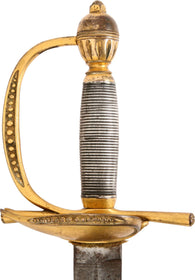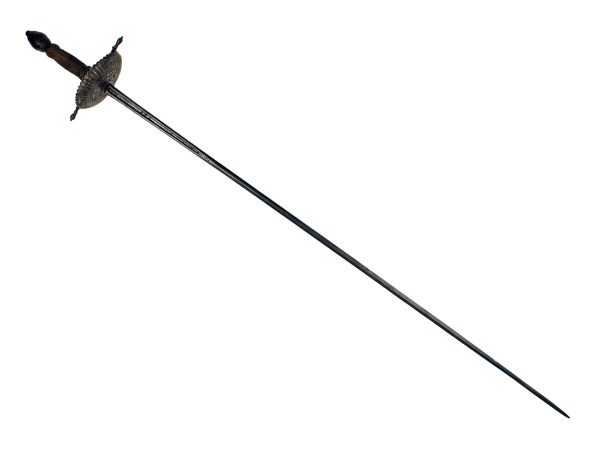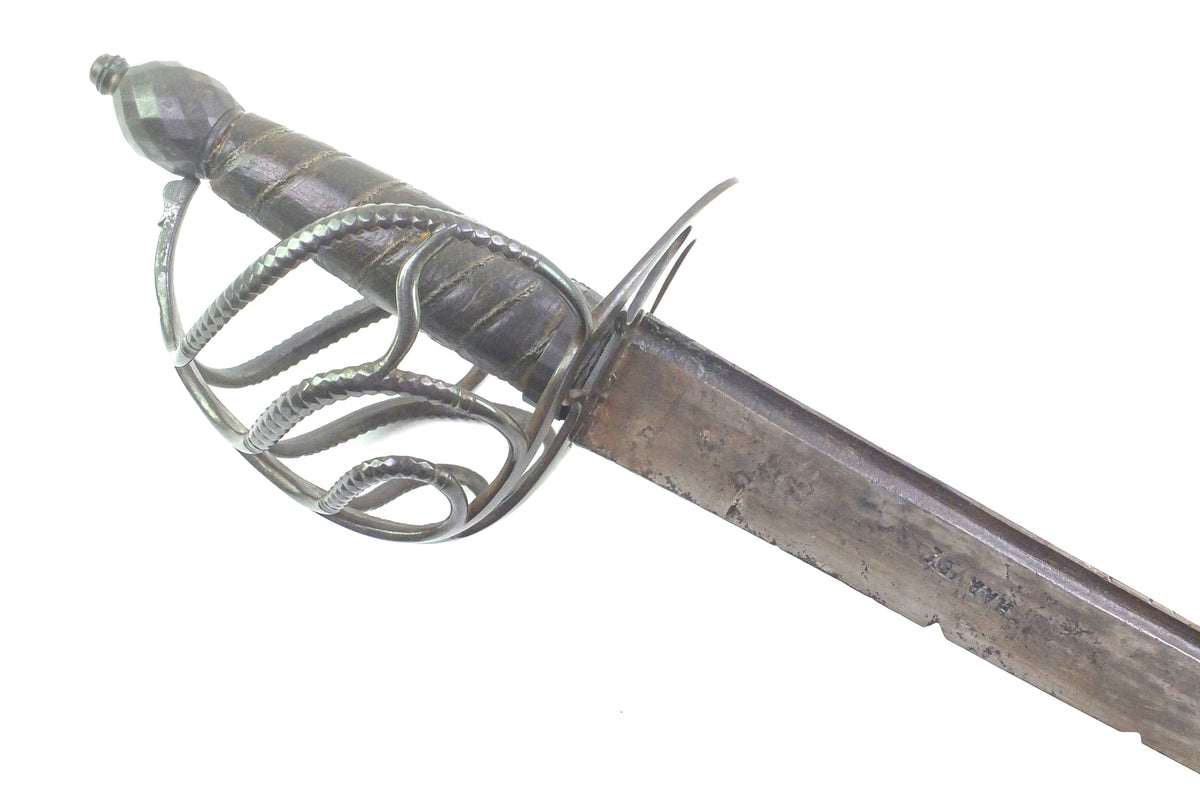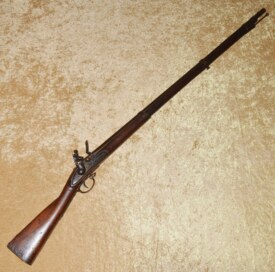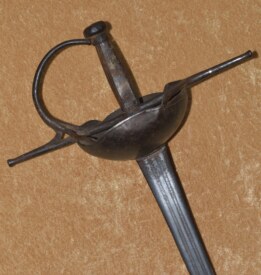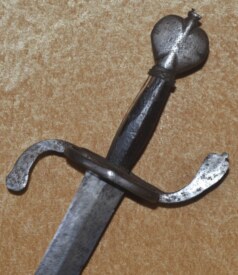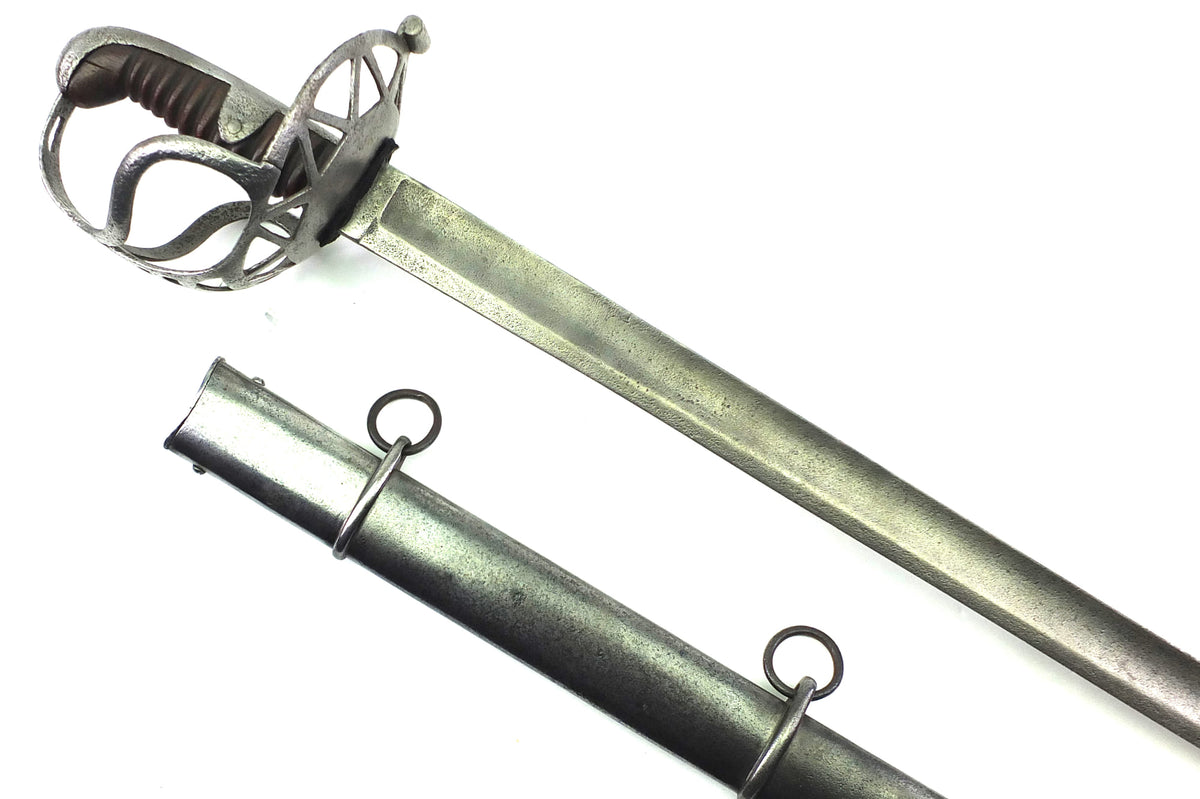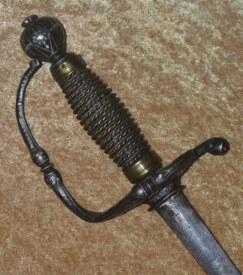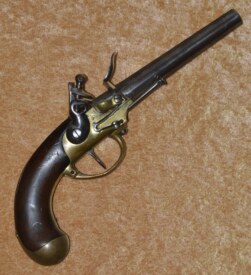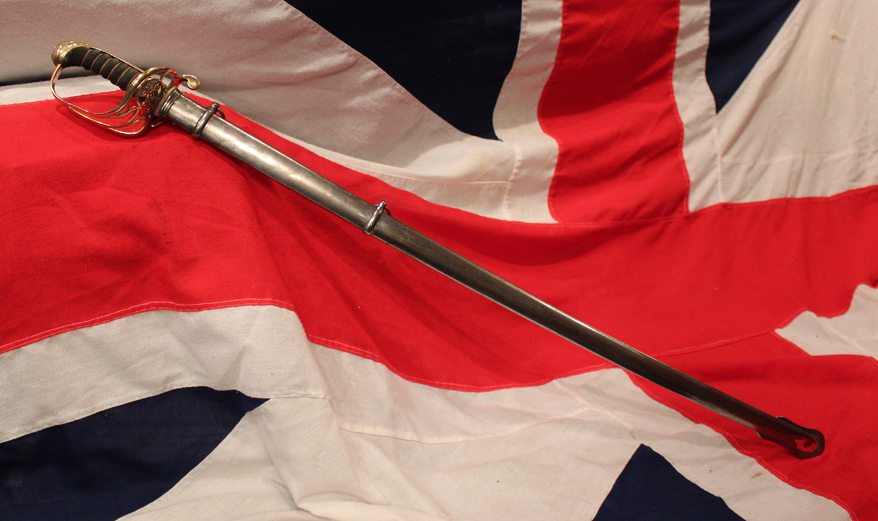For Sale
The following items are listed by for sale by users of the site and dealers. They are in no way endorsed or guaranteed by www.oldswords.com
Add a Classified ItemYou can also receive regular email notifcations when items match your keywords. To recieve them just register or logon at the top right of this page.
- Nation : Spanish
- Local Price : $2295.00
- Nation : Japanese
- Local Price : £2,250.00
- Nation : Russian
- Local Price : £2,250.00
- Nation : British
- Local Price : £2,250.00
- Nation : Japanese
- Local Price : £2250
- Nation : -
- Local Price : £2,250.00
- Nation : British
- Local Price : £2,250.00
- Nation : Italian
- Local Price : £2200
- Nation : British
- Local Price : £2200
- Nation : British
- Local Price : £2,200.00
- Nation : British
- Local Price : 2995.00 USD
- Nation : French
- Local Price : £2,150.00
- Nation : British
- Local Price : £2150
- Nation : British
- Local Price : £2150
- Nation : Japanese
- Local Price : £2150
- Nation : Spanish
- Local Price : £2150
- Nation : British
- Local Price : £2100
- Nation : Japanese
- Local Price : £2,075.00
- Nation : -
- Local Price : 2,750.00 USD
- Nation : Russian
- Local Price : £2,000.00
- Nation : British
- Local Price : £1,995.00
- Nation : American
- Local Price : $1995.00
- Nation : -
- Local Price : $1995.00
- Nation : North European
- Local Price : $1995.00
- Nation : French
- Local Price : £1,995.00
- Nation : British
- Local Price : £1,995.00
- Nation : -
- Local Price : $1995.00
- Nation : French
- Local Price : $1995.00
- Nation : Spanish
- Local Price : £1995


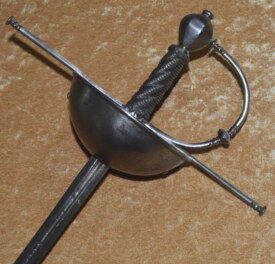
.jpg)
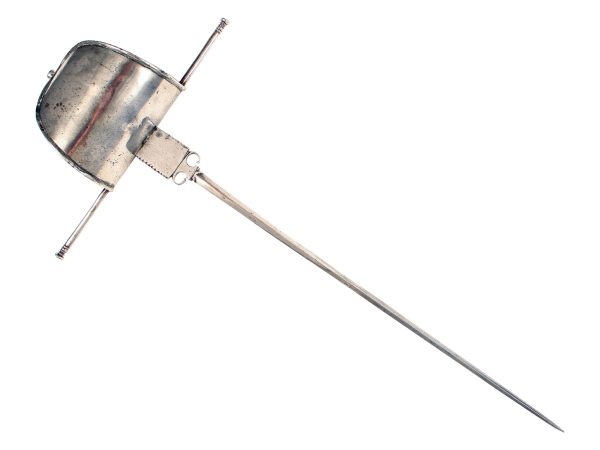


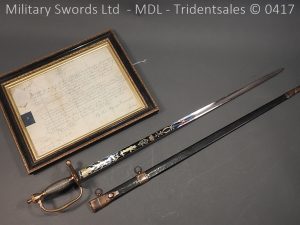


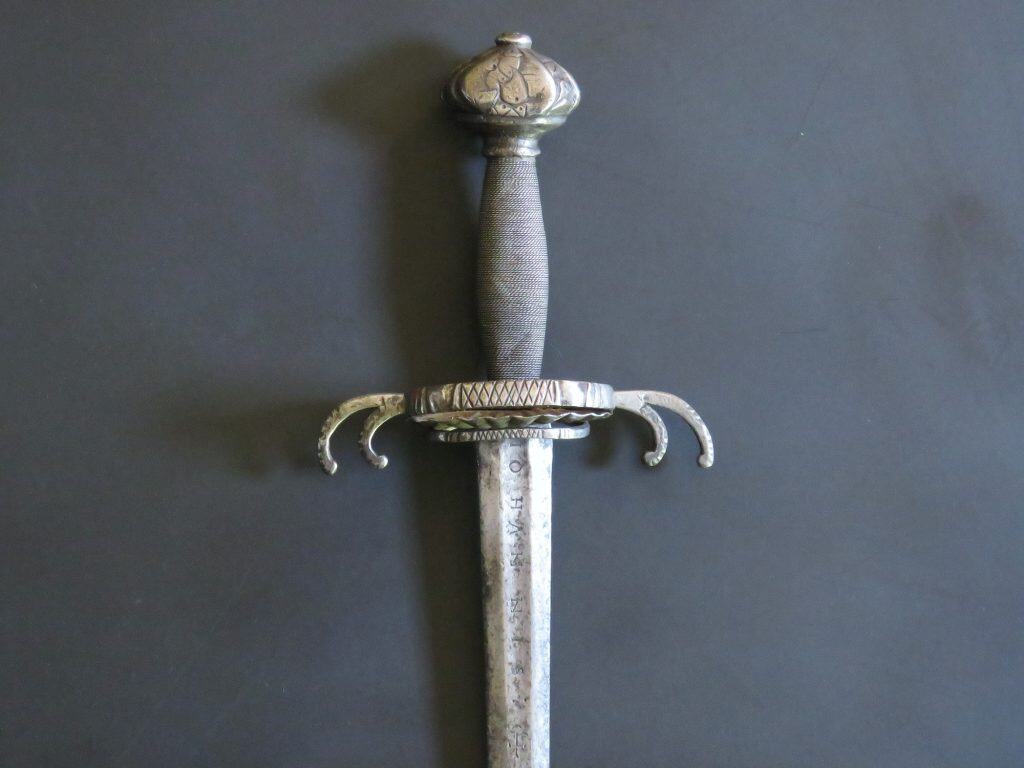
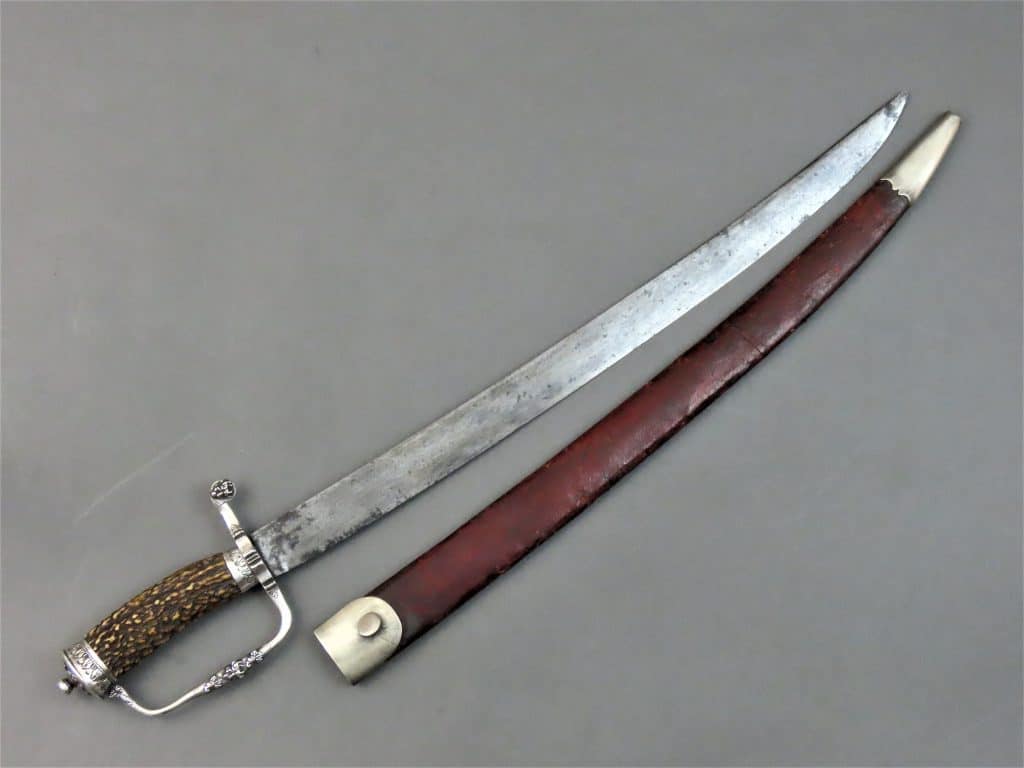

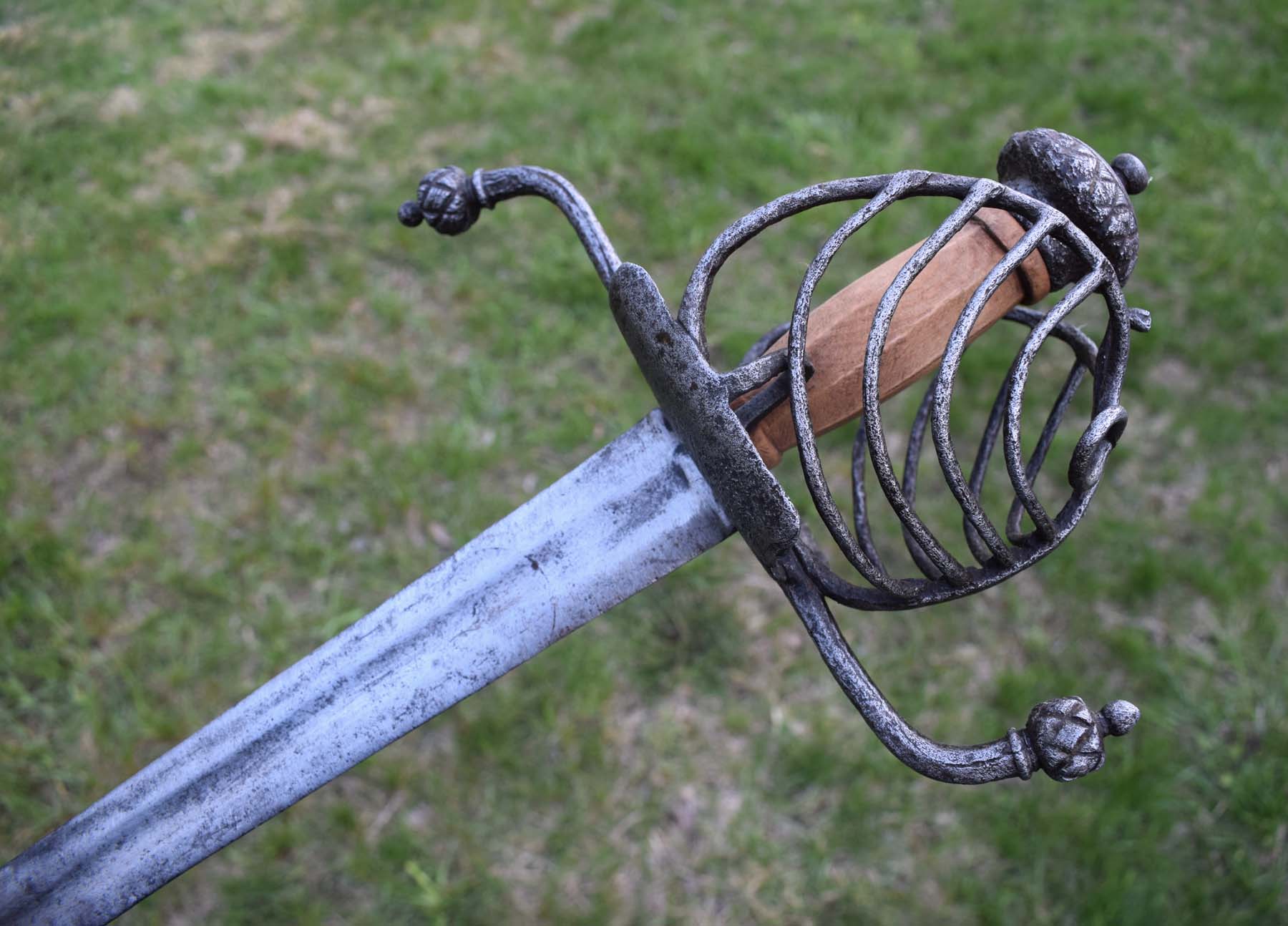


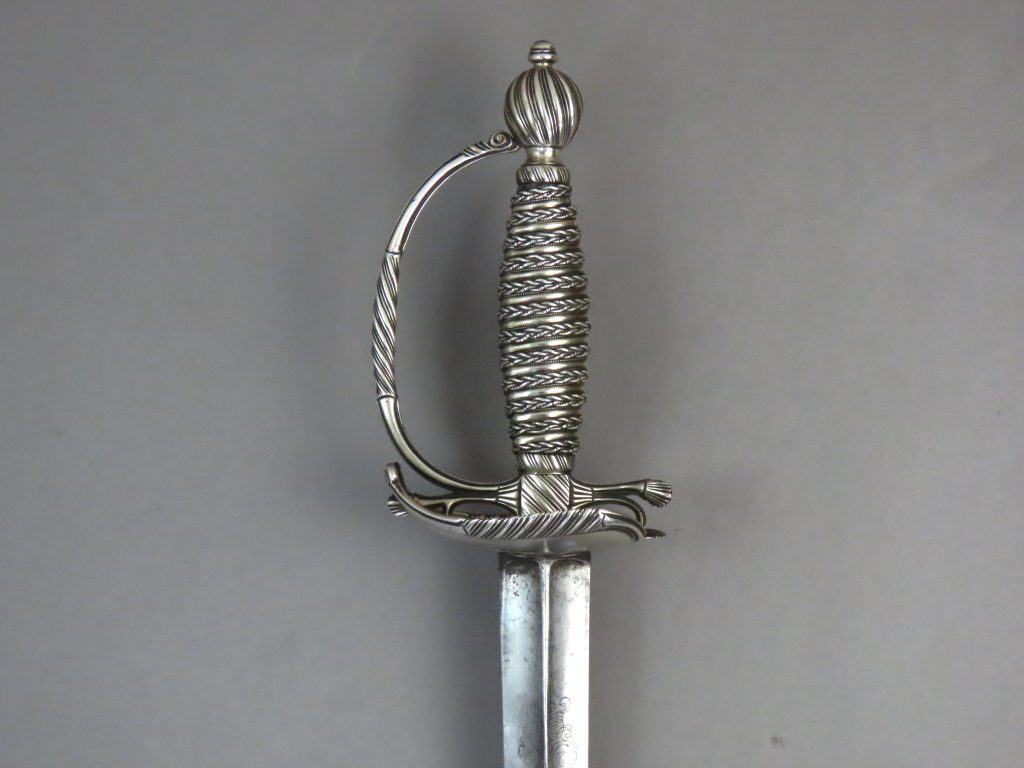


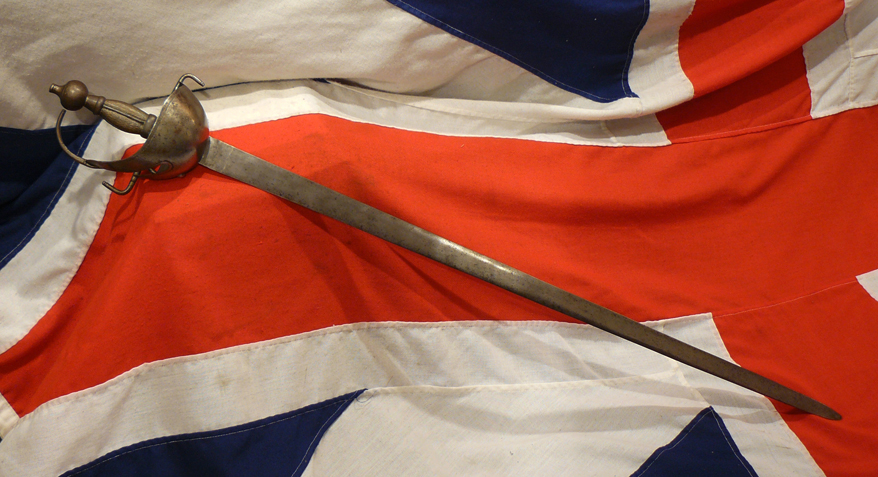

.jpg)
